history
Bombo Lumene, short for “Domaine de chasse et Reserve de Bombo Lumene”, was founded in 1968 as a hunting domain. In 1976, a section of the land between the Bombo and Lumene rivers was declared a reserve in order to protect its flora and fauna. The goal was to promote conservation and the sustainable use of its natural resources. It is currently classified under the IUCN category VI, meaning it is a protected area that allows for the sustainable use of its natural resources. Bombo Lumene is managed by the ICCN (Institut Congolais pour la Conservation de la Nature).
For many years, Bombo Lumene attracted expat sport-hunters from Kinshasa as well as local subsistence hunters. However, poor hunting regulations and mismanagement caused many animal populations to decline. Several long periods of political instability also contributed to population declines as animals were hunted due to food insecurity. This eventually led to the local extinction of several species such as lions and elephants. In recent years, slash and burn agriculture, charcoal production, and human encroachment, (all linked to the rapid rise of the population of Kinshasa) coupled with a severe lack of staff and funding are the primary threats to Bombo Lumene’s flora and fauna. Despite the immense challenges it faces, Bombo Lumene still manages to be a refuge for a wide variety of species which Fondation Bombo Lumene is working hard to protect in partnership with the ICCN.
history
Bombo Lumene, short for “Domaine de chasse et Reserve de Bombo Lumene”, was founded in 1968 as a hunting domain. In 1976, a section of the land between the Bombo and Lumene rivers was declared a reserve in order to protect its flora and fauna. The goal was to promote conservation and the sustainable use of its natural resources. It is currently classified under the IUCN category VI, meaning it is a protected area that allows for the sustainable use of its natural resources. Bombo Lumene is managed by the ICCN (Institut Congolais pour la Conservation de la Nature).
For many years, Bombo Lumene attracted expat sport-hunters from Kinshasa as well as local subsistence hunters. However, poor hunting regulations and mismanagement caused many animal populations to decline. Several long periods of political instability also contributed to population declines as animals were hunted due to food insecurity. This eventually led to the local extinction of several species such as lions and elephants. In recent years, slash and burn agriculture, charcoal production, and human encroachment, (all linked to the rapid rise of the population of Kinshasa) coupled with a severe lack of staff and funding are the primary threats to Bombo Lumene’s flora and fauna. Despite the immense challenges it faces, Bombo Lumene still manages to be a refuge for a wide variety of species which Fondation Bombo Lumene is working hard to protect in partnership with the ICCN.
history
Bombo Lumene, short for “Domaine de chasse et Reserve de Bombo Lumene”, was founded in 1968 as a hunting domain. In 1976, a section of the land between the Bombo and Lumene rivers was declared a reserve in order to protect its flora and fauna. The goal was to promote conservation and the sustainable use of its natural resources. It is currently classified under the IUCN category VI, meaning it is a protected area that allows for the sustainable use of its natural resources. Bombo Lumene is managed by the ICCN (Institut Congolais pour la Conservation de la Nature).
For many years, Bombo Lumene attracted expat sport-hunters from Kinshasa as well as local subsistence hunters. However, poor hunting regulations and mismanagement caused many animal populations to decline. Several long periods of political instability also contributed to population declines as animals were hunted due to food insecurity. This eventually led to the local extinction of several species such as lions and elephants. In recent years, slash and burn agriculture, charcoal production, and human encroachment, (all linked to the rapid rise of the population of Kinshasa) coupled with a severe lack of staff and funding are the primary threats to Bombo Lumene’s flora and fauna. Despite the immense challenges it faces, Bombo Lumene still manages to be a refuge for a wide variety of species which Fondation Bombo Lumene is working hard to protect in partnership with the ICCN.
